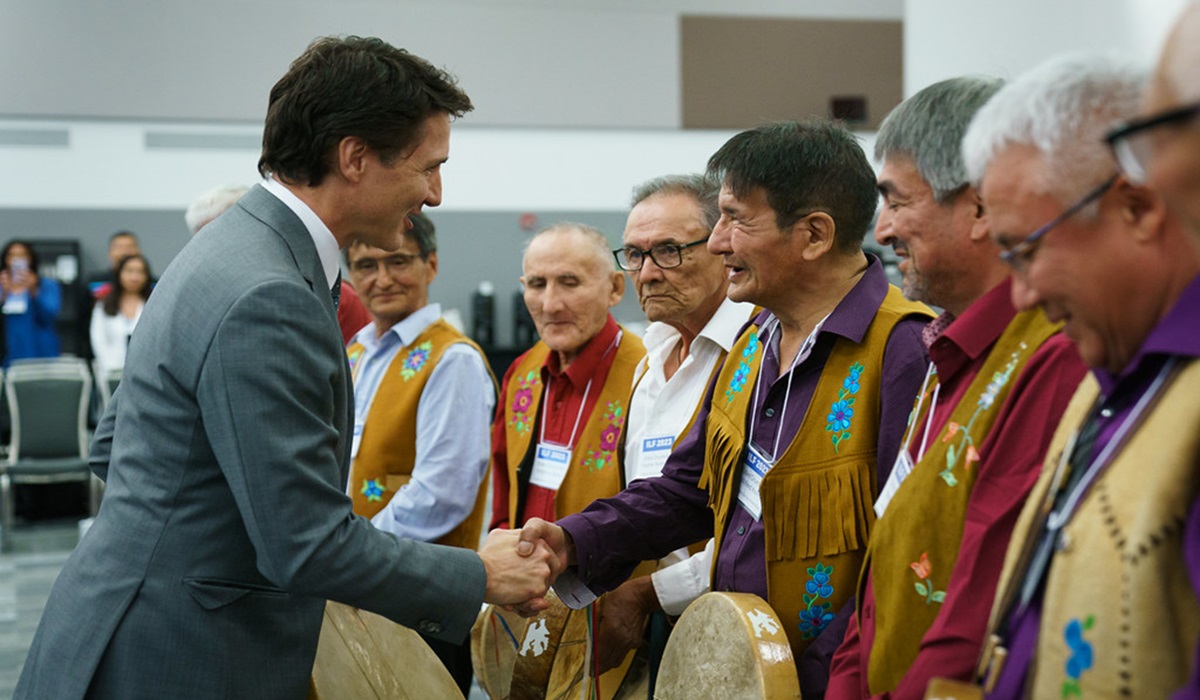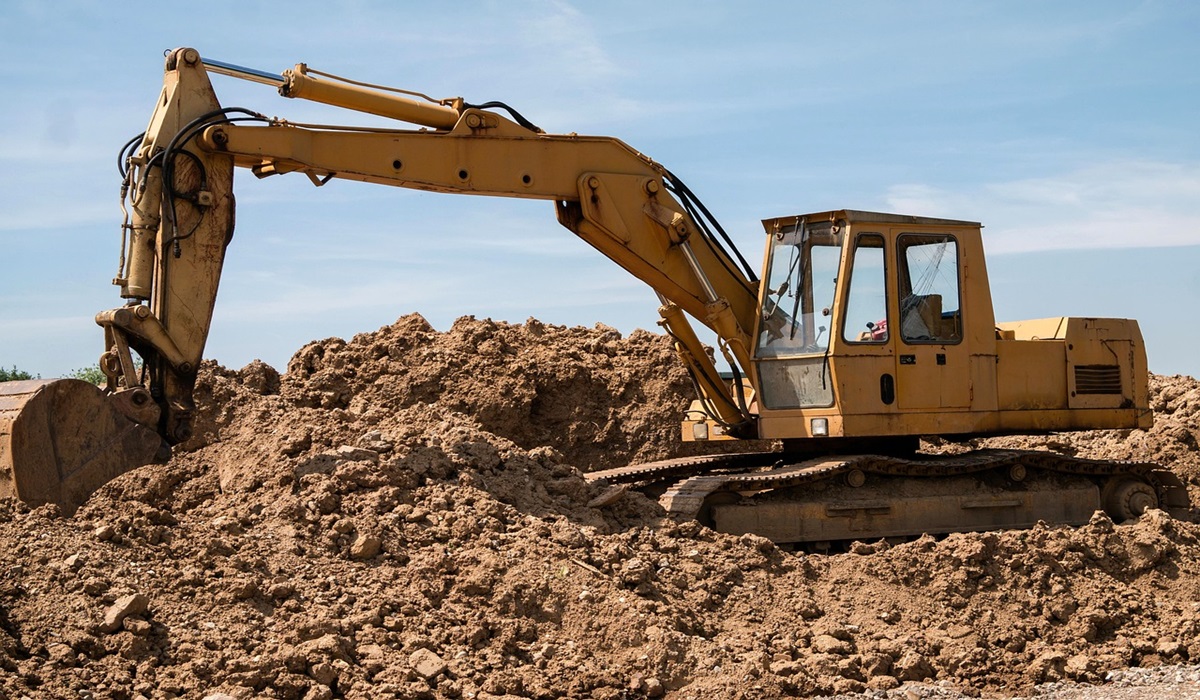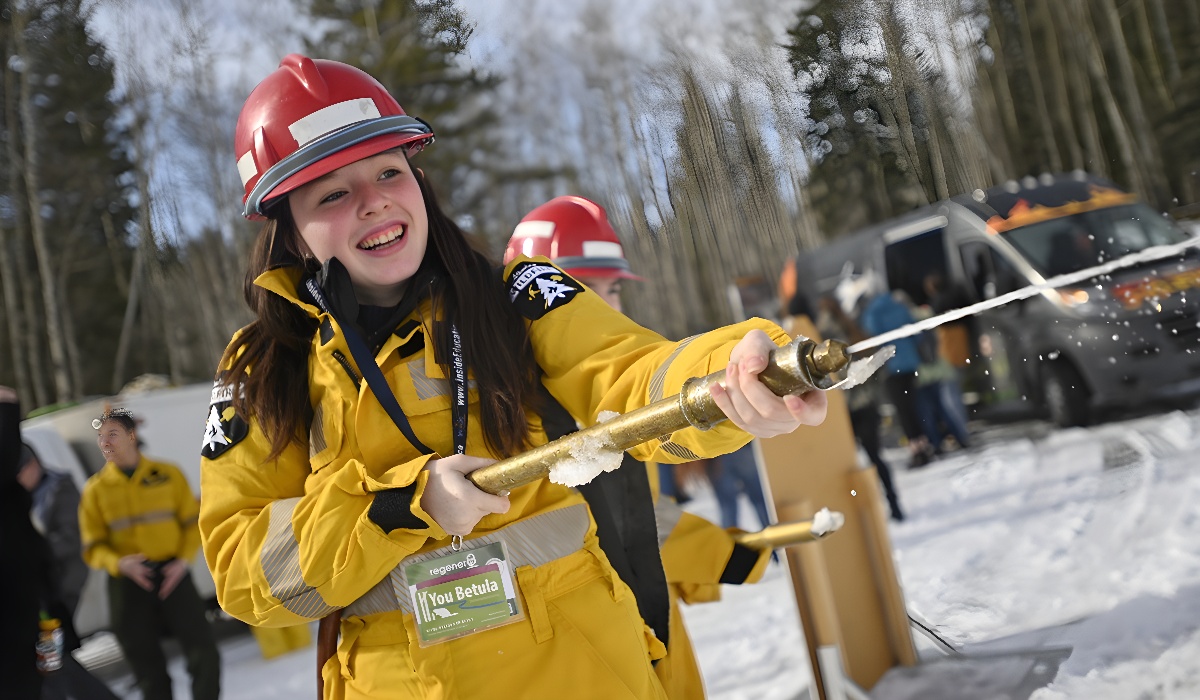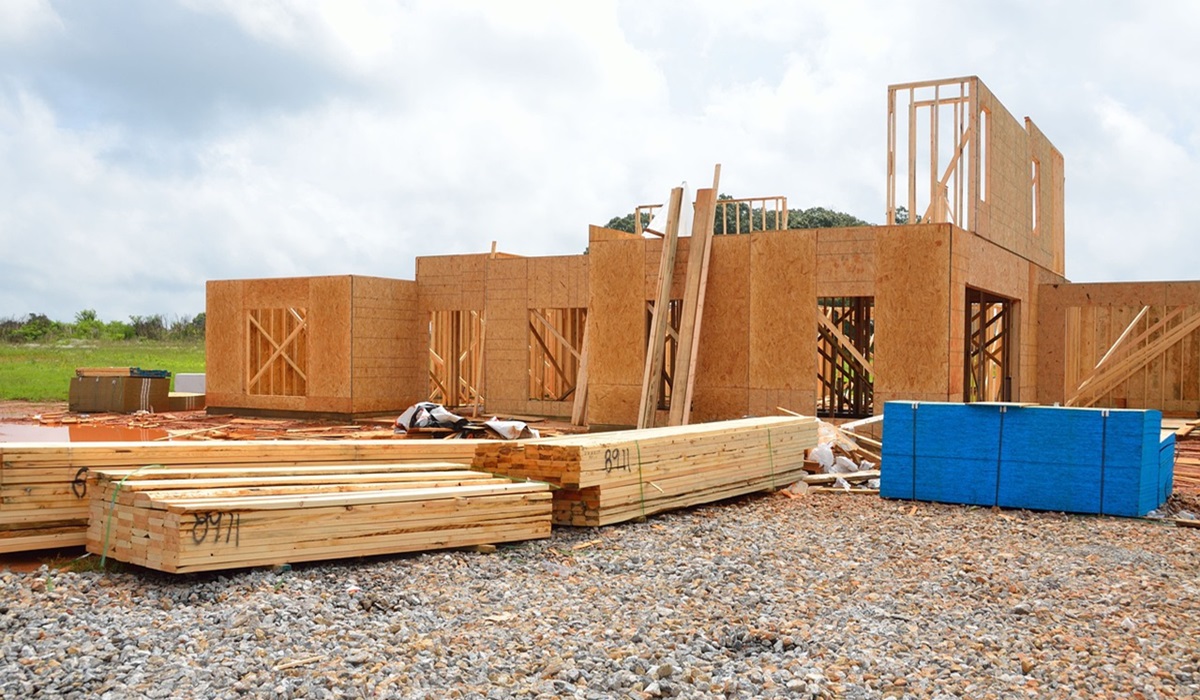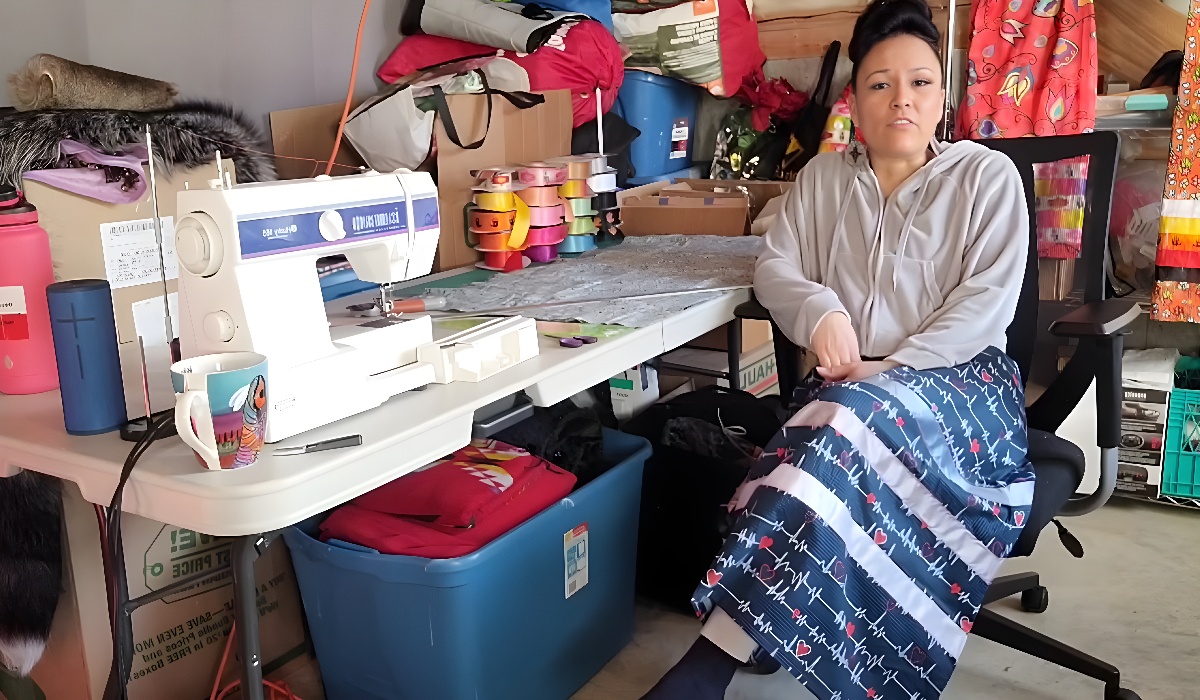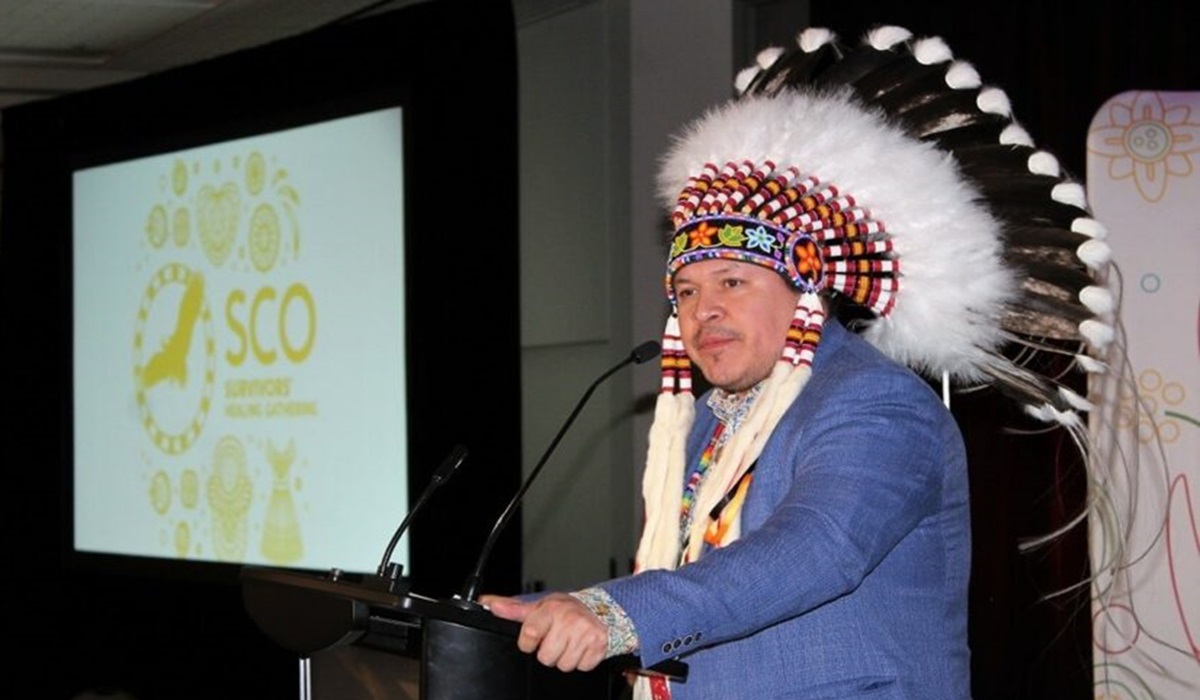50,000 km2 in Seal River Manitoba to become Protected Indigenous land
- TDS News
- Indigenous
- Northern Canada
- August 26, 2020
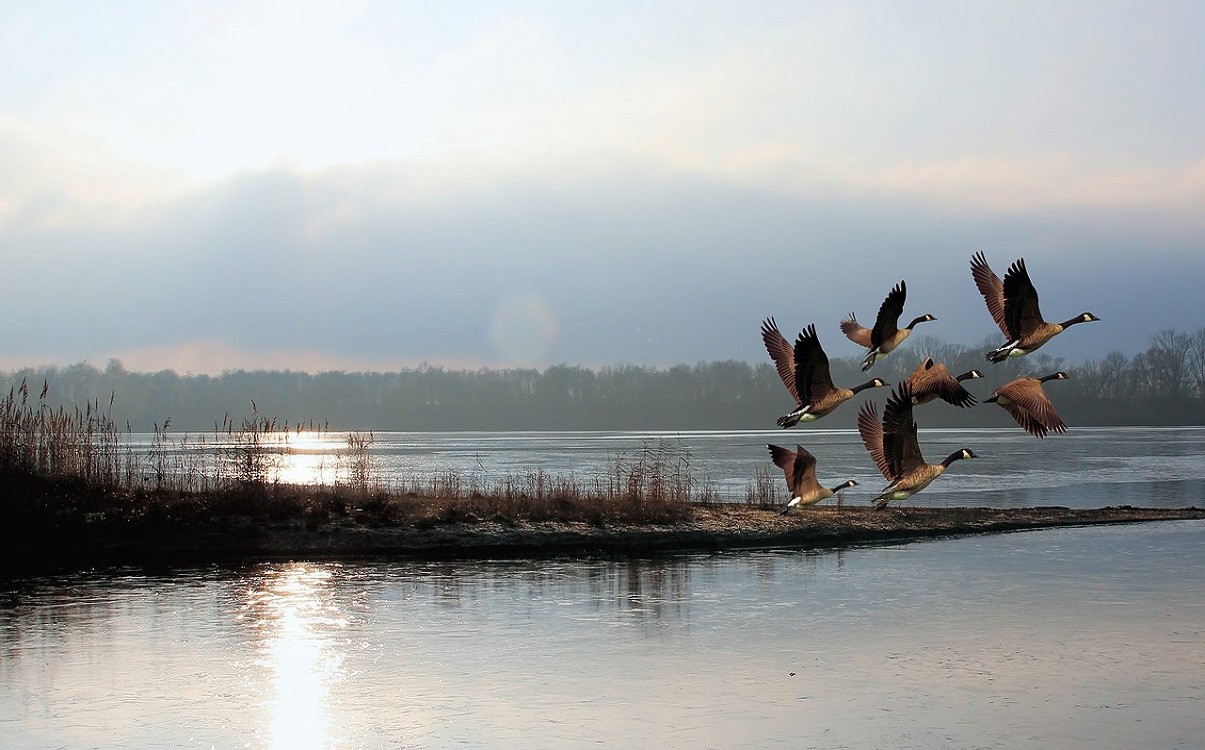
The Seal River Watershed is the size of Nova Scotia
Indigenous Peoples have long been leaders in environmental stewardship and sustainable development. In order for the environment to prosper, the Government of Canada will continue to work with their Indigenous partners from coast to coast to coast to protect more nature – which is vital to our health, well-being, and our efforts to combat climate change.
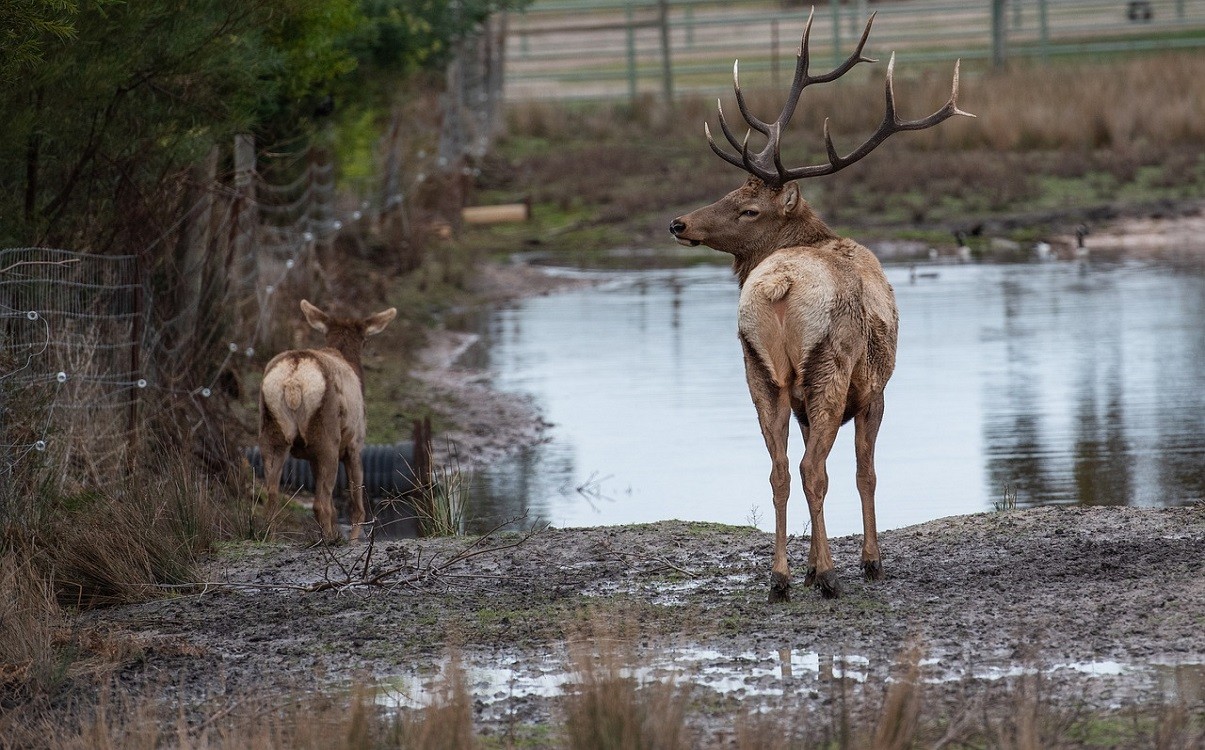
Canada’s Environment Minister Jonathan Wilkinson announced Canada’s $3.2 million financial commitment to the Seal River Watershed Indigenous Protected Area Initiative located in the Taiga Shield of northern Manitoba in the traditional territories of the Cree, Dene and Inuit. This project is working to conserve and protect habitat for wildlife, including species at risk such as the Polar Bear, Short-eared Owl, Olive-sided Flycatcher and Barren Ground caribou. This funding comes from the Canada Nature Fund’s Target 1 Challenge.
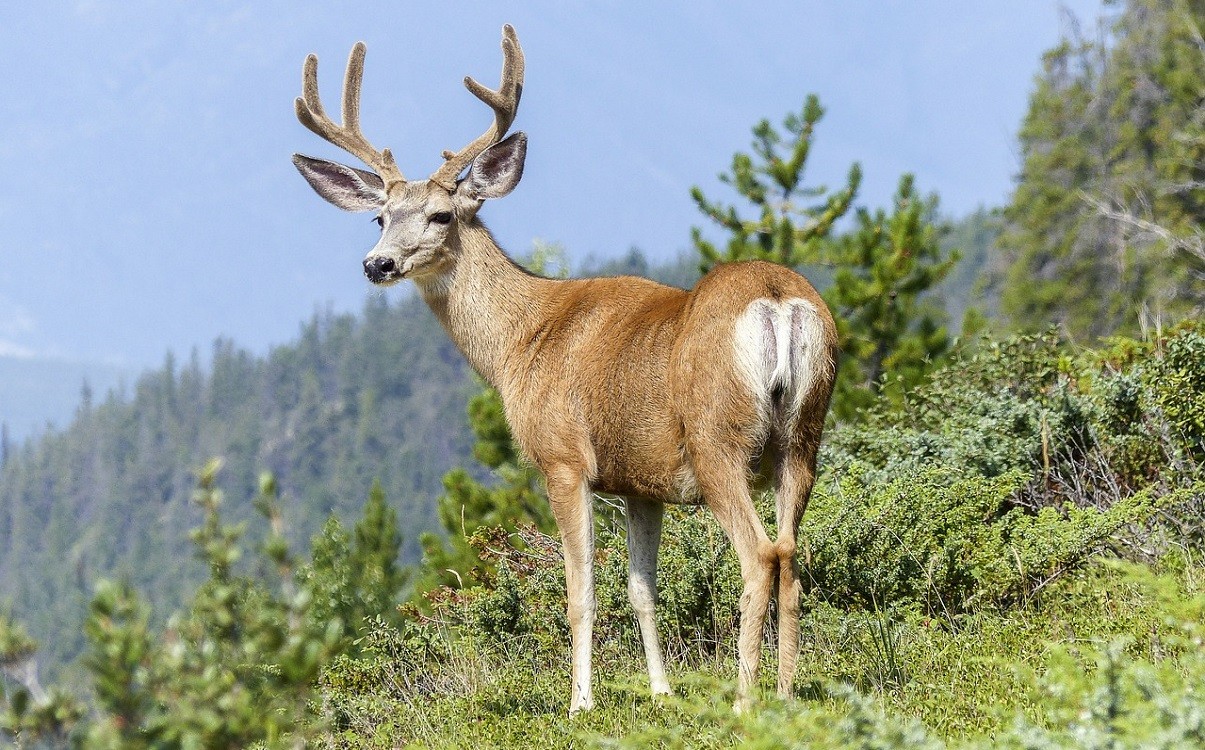
The Seal River Watershed (50,000 km2 of traditional lands and Manitoba provincial crown land) is one of the world’s largest remaining ecologically intact watersheds; it is nearly the size of Nova Scotia. The Seal River still flows freely into Hudson Bay, a 260-km path unhindered by dams and industrial developments with water so clean one can drink directly from the river. Large numbers of harbour seals can be found 200 km inland from the mouth of the Seal, giving the river its name.
Five Indigenous communities with three distinct cultures are working together with a common purpose to conserve the Seal River Watershed as an Indigenous Protected Area. The goal of this project is to protect the watershed from industrial development in order to preserve it in its pristine state for future generations to enjoy. It is also a unique opportunity to pass on traditional knowledge, history and culture to youth in the region while bolstering opportunities for cultural and ecotourism.
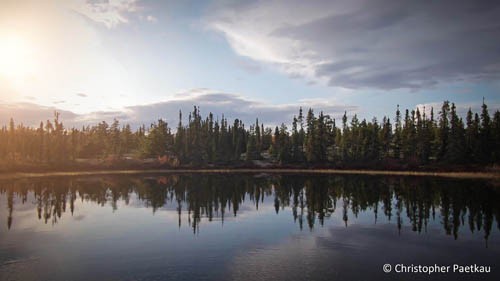
In order to manage the project, Sayisi Dene First Nation, with the support of their Cree, Dene and Inuit neighbours, created the not-for-profit Seal River Watershed Alliance. The project activities include engaging with the Province of Manitoba in discussions about the future status of the area, and it has already created 17 jobs within the communities, including youth ambassadors who are receiving valuable conservation and cultural training as well as positions in community engagement and project management.

